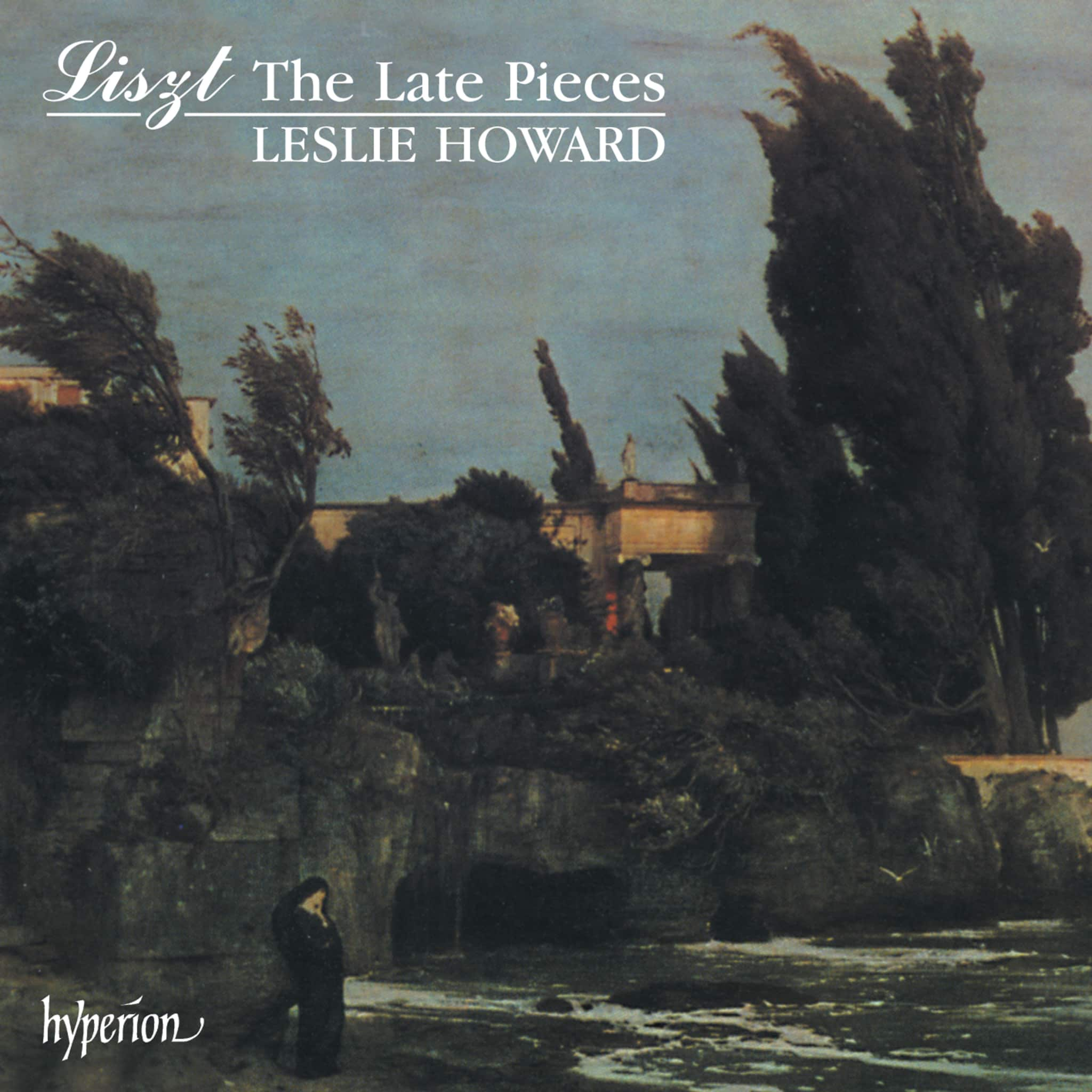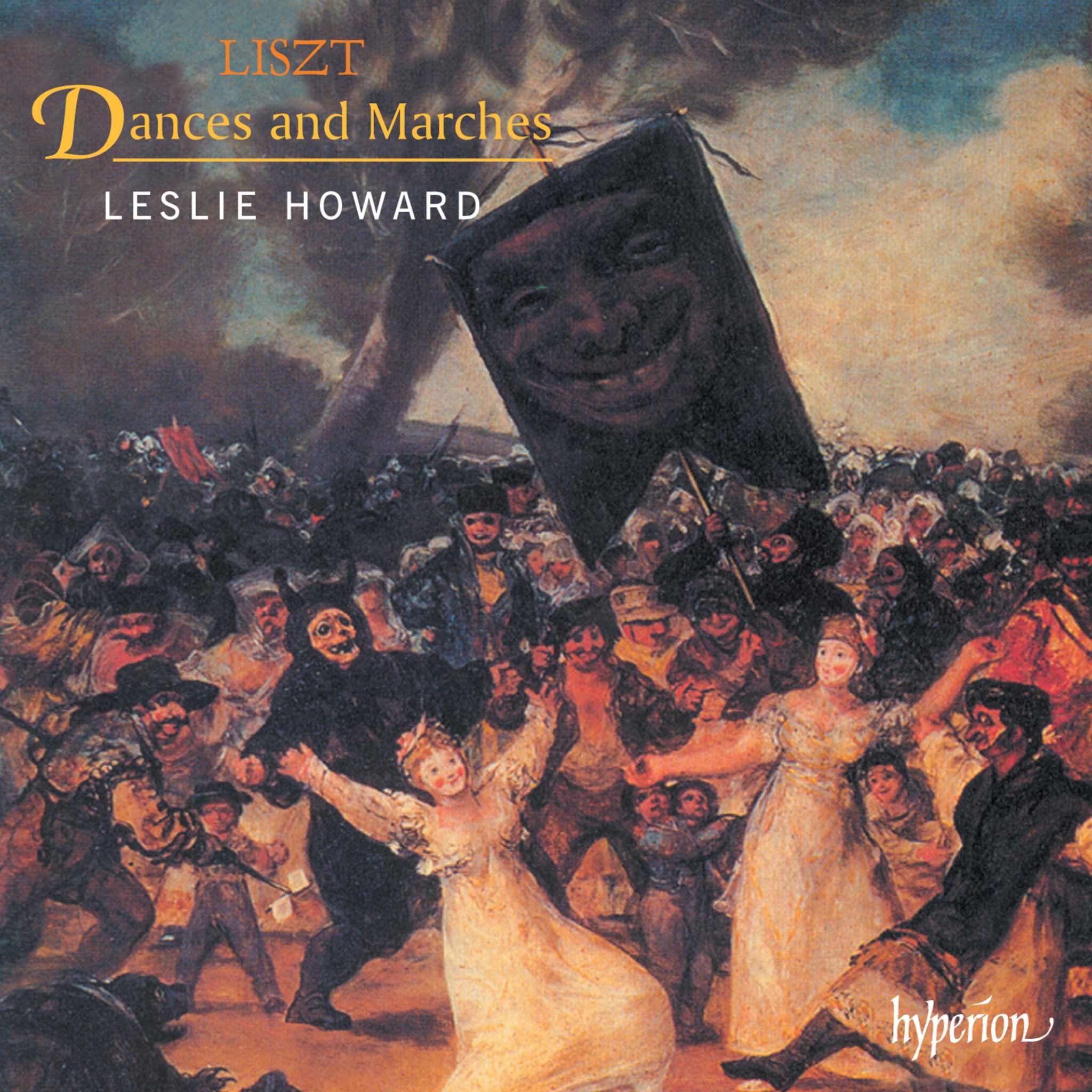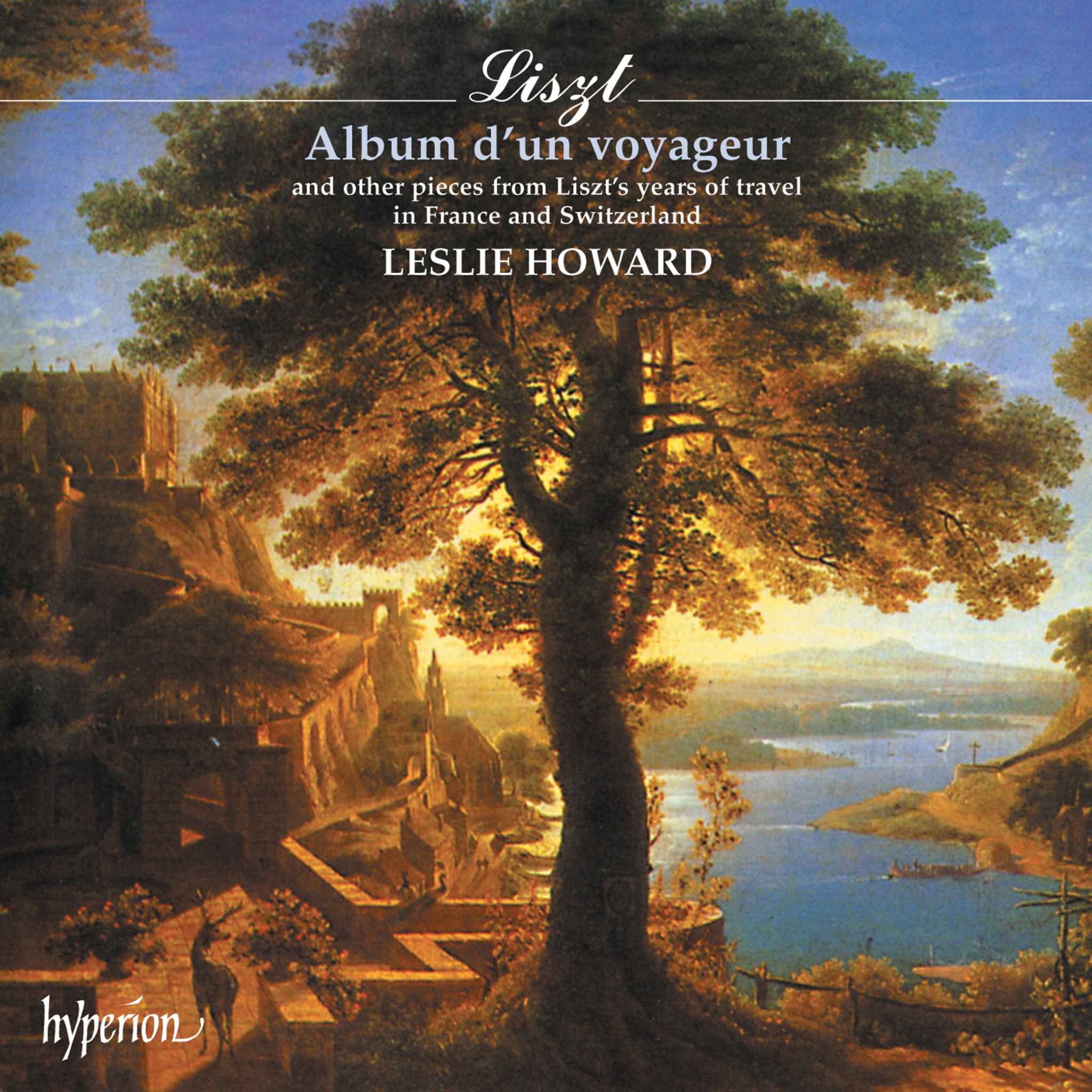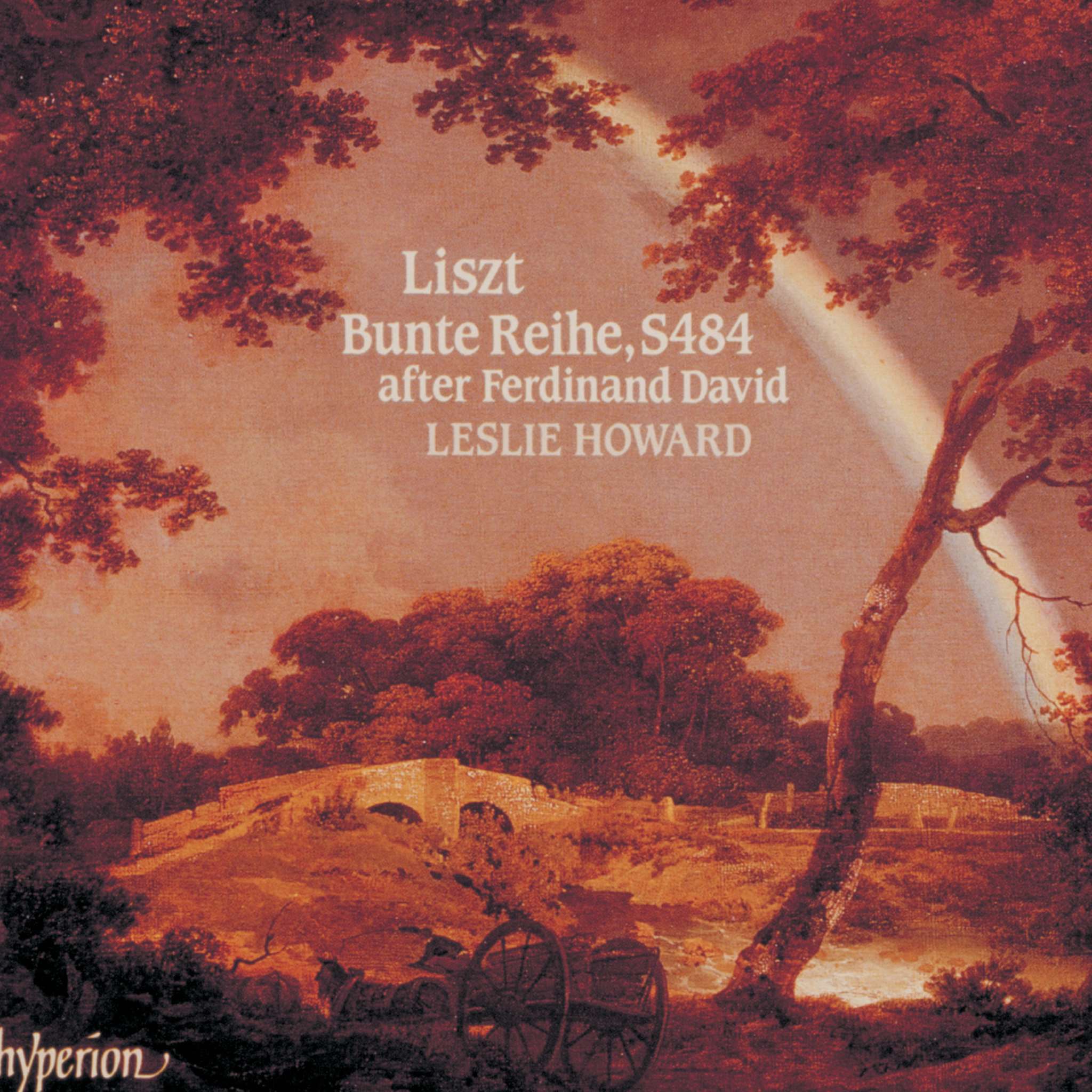Album insights
The Johannes Passion has long lived in the shadow of the Matthäus Passion. After the triumphant revival of the Matthäus Passion in Berlin, enthusiasm for Bach's vocal works grew, benefiting the Johannes Passion. This was evident in the published music, signaling a Bach revival emanating from Berlin in the 1830s. Bach's music had supporters like Carl Friedrich Zelter in Berlin, with the Mendelssohn family playing a significant role in preserving the Bach family legacy. Mendelssohn's dedication to Bach elevated the composer's status, leading to a Renaissance in Bach's music. The Johannes Passion, although praised by Schumann for its boldness, faced challenges compared to the grandeur and coherence of the Matthäus Passion, aligning more with 19th-century artistic sensibilities.
The Johannes Passion's complex creation and early performances, ranging from 1724 to 1749, showcased Bach's experimental spirit. Notably, Bach extensively reworked the piece, unlike the relatively stable Matthäus Passion. The Johannes Passion's structure highlighted the Evangelist's narration, interspersed with chorales and contemplative arias, showcasing Bach's innovative approach. The fragmentary nature of its revisions added a unique appeal to the work.
Johann Sebastian Bach's Johannes Passion symbolizes a blend of musical intricacy and theological depth, mirroring the narrative emphasis on Christ's kingship in the Gospel of John. Contrary to the Matthäus Passion's oratorio style, the Johannes Passion adhered to older sung Passion histories. Bach's masterful composition, filled with meaningful dialogues and emphasizing Christ's kingship, reflects a theological and musical brilliance that sets it apart from its counterpart.
Despite its tumultuous history, the Johannes Passion reveals an exceptional level of musical detail and theological insight. Bach's intricate handling of dialogues, unique chorus formations, and innovative arias make it a seminal work bridging old and new traditions in Passion music.






